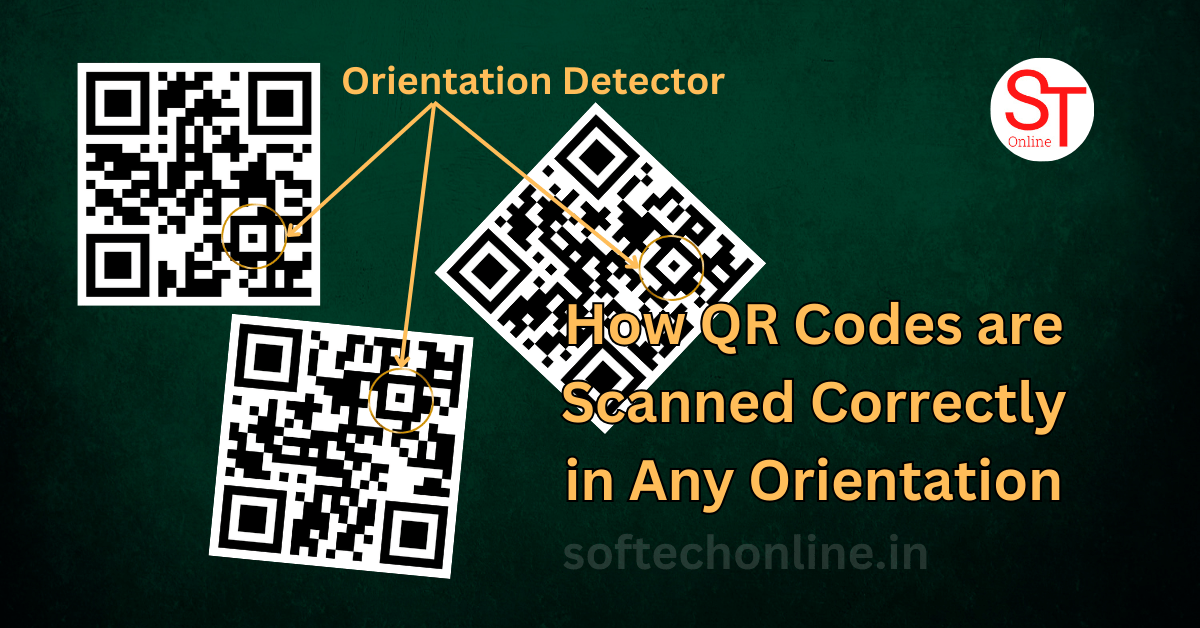QR codes have become increasingly popular in recent years due to their ability to store and share information quickly and easily. One of the most impressive features of QR codes is their ability to be scanned correctly in any orientation. In this blog post, we will explore how QR codes are designed to be versatile and how scanning technology ensures accurate results regardless of the code’s position.
The Versatility of QR Codes
QR codes, short for Quick Response codes, were first developed in the 1990s by the Japanese automotive industry. They were initially used for tracking vehicle parts but have since evolved into a widely used tool for various applications, including marketing, ticketing, and inventory management.
One of the key reasons QR codes are so versatile is their ability to be scanned from any direction. Unlike traditional barcodes that require a specific orientation for scanning, QR codes can be read from left to right, right to left, top to bottom, or even upside down.
How QR Code Scanning Works
The scanning process of a QR code involves three main steps: detection, alignment, and decoding. These steps ensure that the QR code is accurately read, regardless of its position or orientation.
1. Detection
When a QR code is scanned, the scanning device first detects the presence of a code within its field of view. This detection is made possible by the distinctive square shape and the positioning patterns located at the corners of the QR code. These patterns act as markers that help the scanning device identify the code’s boundaries.
2. Alignment
Once the scanning device has detected the QR code, it aligns the image to ensure that it is straight and level. This alignment process compensates for any tilting or rotation of the code, allowing for accurate scanning regardless of the code’s orientation.
3. Decoding
After the QR code is aligned correctly, the scanning device decodes the information encoded within the code. This process involves analyzing the black and white modules of the QR code and converting them into meaningful data, such as a URL, text, or contact information.
Technological Advancements
The ability to scan QR codes accurately in any orientation is made possible by advancements in scanning technology. Modern smartphones and QR code scanners utilize sophisticated algorithms and image processing techniques to ensure reliable scanning results.
These advancements include:
- Image Recognition: Scanning devices use image recognition algorithms to identify and analyze the distinct patterns of QR codes, allowing for accurate detection and decoding.
- Auto-Rotation: Scanners can automatically rotate the image to compensate for any tilting or rotation, ensuring that the QR code is read correctly.
- Error Correction: QR codes are designed with built-in error correction capabilities. This means that even if a portion of the code is damaged or obscured, the scanning device can still recover the encoded information.
Best Practices for Scanning QR Codes
To ensure successful scanning of QR codes in any orientation, consider the following best practices:
- Place QR codes on a flat surface: QR codes should be printed or displayed on a flat surface to minimize any potential distortion or skewing.
- Ensure sufficient lighting: Adequate lighting is crucial for clear scanning. Avoid scanning in dimly lit environments to improve accuracy.
- Hold the scanning device steady: When scanning a QR code, keep the scanning device steady to prevent blurring or misalignment.
By following these best practices and utilizing the advancements in scanning technology, users can confidently scan QR codes in any orientation and enjoy the convenience they offer.
In conclusion, QR codes are designed to be versatile and can be scanned correctly in any orientation. Through the detection, alignment, and decoding process, scanning devices ensure accurate results regardless of the code’s position. Technological advancements, such as image recognition and auto-rotation, have further enhanced the scanning experience. By following best practices, users can maximize the effectiveness of QR codes and unlock their full potential.
